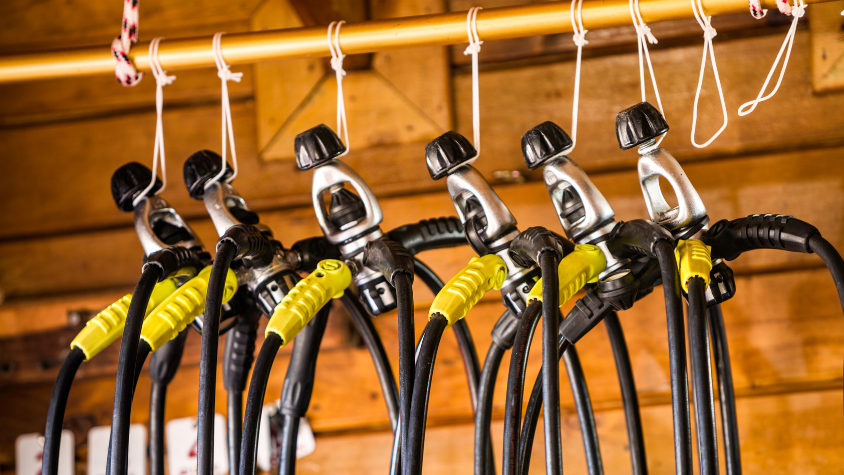Do you and your dive buddies want to unlock the potential of Nitrox diving, allowing for an extended bottom time with a safer environment? Enriched air offers a type of breathing gas that is higher in oxygen than regular air. With enriched air being more popular among recreational divers, let’s explore its many advantages! This guide will provide information on mixtures used for Nitrox dives as well as equipment needed along with tips on executing them safely while also obtaining certification from various agencies. It’s time to jump into this fascinating world and become expert Nitrox divers today!
Attention: Important Safety Warning! Diving with Nitrox offers significant benefits, but it should only be attempted with proper training to mitigate potential risks.
Key Takeaways
Nitrox, or enriched air, is a breathing gas composed of higher oxygen content and provides benefits such as extended bottom times and reduced decompression sickness risk.
Proper training is essential to understand the terminology associated with Nitrox diving, including depth limits and safety precautions.
Real-world experiences show divers have reported positive results from using Nitrox while proper training remains key for safe dives.
Understanding Nitrox: Terminology and Basics
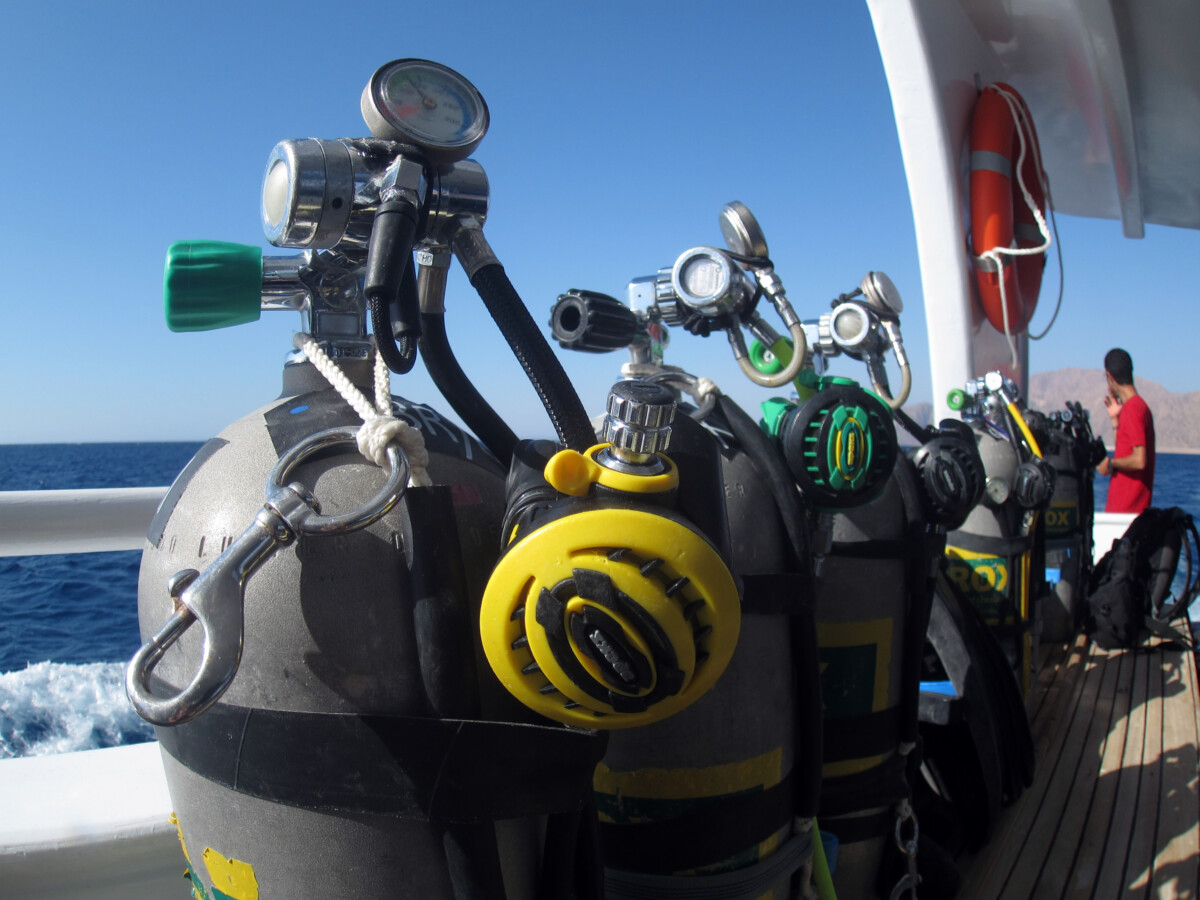
Nitrox, or enriched air diving, has grown in popularity among recreational divers due to the number of advantages it offers. Often referred to as EANx, oxygen-enriched air and SSI certified Nitrox involves a breathing gas made up with higher amounts of oxygen compared to regular compressed air, plus lesser nitrogen content levels. Recording an enriched air log helps keep track of one’s experience with this specific form of diving activity for improved progress rate.
One myth about Nitrox is that it allows deeper dives than usual. While at best true partially -it does offer greater no decompression limits– what usually happens instead is shorter surface intervals between multiple dives since there’s much less nitrogen present in the mix when using this kind of dive method. Thus making things very attractive for those who wish to maximize their underwater experiences even more so!
History of Nitrox Diving
Nitrox diving has a significant past, dating back to 1874 when the first-ever Nitrox dive took place. In the 1970s, NOAA created regulations for Nitrox dives utilizing EAN-32 and EAN-36 mixtures which contain 32% and 36% oxygen respectively.
During World War II or thereafter, British commandos utilized specialized semi closed circuit rebreathers filled with Oxygen to support underwater operations of their frogmen.
Christian J Lambertsen developed DM40, an outstanding Nitrox Rebreather system, as well as calculations intended at reducing risks associated with oxygen toxicity among divers who use nitrogen mixed with oxygen into their rebreathers.
Definitions and Terminology
Nitrox diving is a form of enriched air which contains higher oxygen concentrations than regular air, thus resulting in longer dive times and decreased potential for decompression sickness. The maximum operating depth (MOD) must be strictly adhered to as it calculates the partial pressure within Nitrox mixtures where high levels of oxygen can become toxic. It is essential that divers who wish to participate in this sport acquire proper certification. These courses will teach them how to identify Oxygen percentages correctly before each dive. Enriched Air Nitrox certifications are offered by leading Dive Agencies worldwide. These programs provide comprehensive instructions on how to utilize different gas blends safely while scuba diving or free-diving, leveraging the power of Nitrox technology.
MOD
MOD stands for Maximum Operating Depth. It is a depth limit based on the percentage of oxygen in a diver’s breathing gas.
When you go diving, you breathe air from a tank that you carry with you. The air in the tank is made up of different gases, including oxygen. If you breathe too much oxygen at a certain depth, it can be dangerous and cause oxygen toxicity, which can be fatal.
It’s important to calculate your MOD before every dive to make sure you don’t descend beyond the depth at which the oxygen in your tank may become toxic
PPO2
PPo2 stands for Partial Pressure of Oxygen. It is a measurement of the amount of oxygen present in the air that divers breathe while underwater.
Put simply, this value is calculated by multiplying the ambient pressure, expressed as depth in bar, by the fraction of oxygen (FO2) present in the breathing gas. Let’s consider an example: if we have EAN32 at one (1) bar, the oxygen partial pressure would be .32 bar absolute. This relationship between ambient pressure and oxygen content is crucial in understanding its significance.
Let’s look at an example that contrasts the ppO2 levels of air and those needed to maintain consciousness and life, by setting limits for ppO2 levels in diving.
| ppO2 | Description |
|---|---|
| 0.10 | The minimum level of ppO2 necessary for sustaining life. |
| 0.12 | Approximate minimum level of ppO2 necessary to sustain consciousness. |
| 0.16 | The threshold for hypoxia, exercise tolerance and mental performance start to decline below this threshold. |
| 0.21 | The typical level of ppO2 in the air is considered the norm. |
| 1.10 | The point at which symptoms of oxygen toxicity may begin to manifest. |
| 1.40 | The level of ppO2 at which oxygen poses a moderate risk to divers. (Recommended ppO2 limit for recreational divers) |
| 1.60 | The ppO2 level at which oxygen poses a significant danger to divers. (Maximum ppO2 limit for recreational divers) |
Our ppO2 Calculator
Discover comprehensive information about this calculator by clicking here.
EAD
EAD stands for Equivalent Air Depth. EAD is a way of approximating the decompression requirements of breathing gas mixtures that contain nitrogen and oxygen in different proportions to those in air, known as Nitrox.
The equivalent air depth, for a given Nitrox mix and depth, is the depth of a dive when breathing air that would have the same partial pressure.
EANx
Benefits of Nitrox Diving
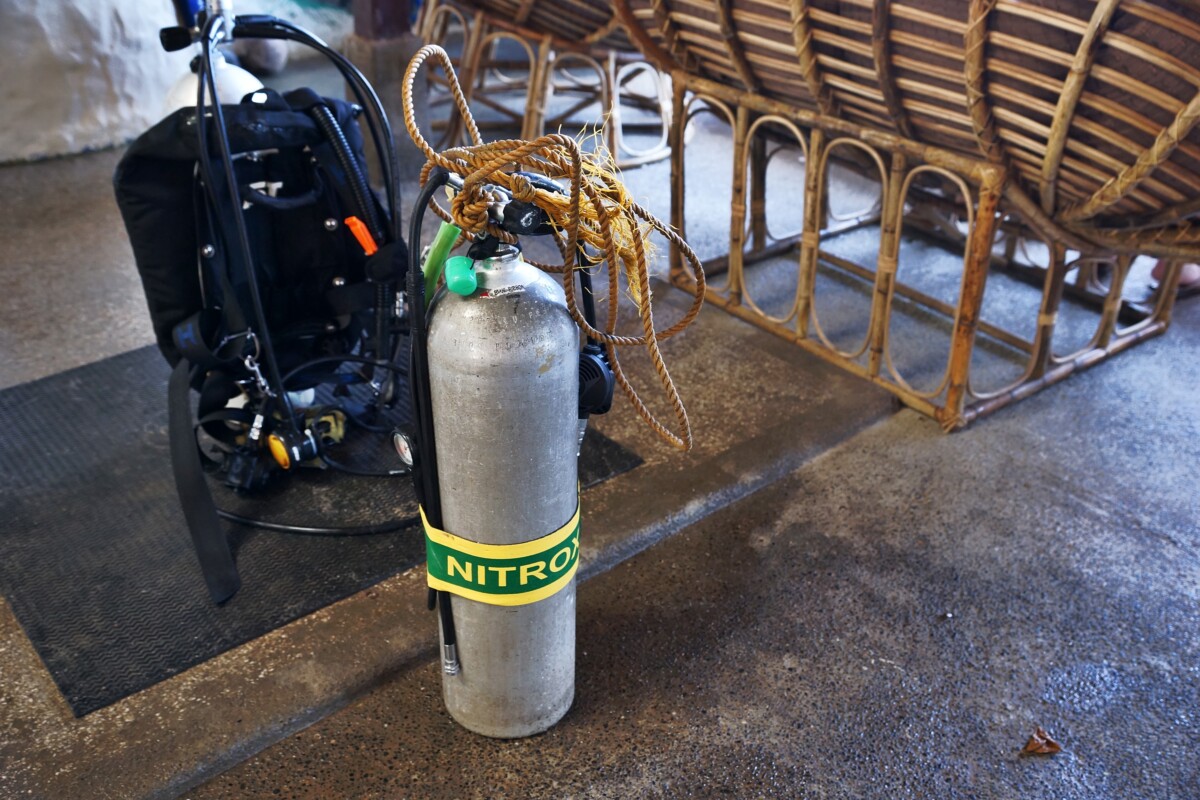
Nitrox diving provides divers with extended bottom time due to the lowered nitrogen content in the breathing mixture, allowing them to remain underwater without surpassing their no-decompression limits. This decrease of nitrogen lessens exposure and consequently minimizes decompression sickness risks. Utilizing Nitrox Mitigates danger by providing a cushion zone for compliance with those same no-decompression constraints calculated through Goldman’s decompression model, making it an appealing choice for safe enjoying on dives. In general, Nitrox diving delivers enhanced pleasure along with potentially improved security while beneath the water’s surface
Nitrox Mixtures and their Applications
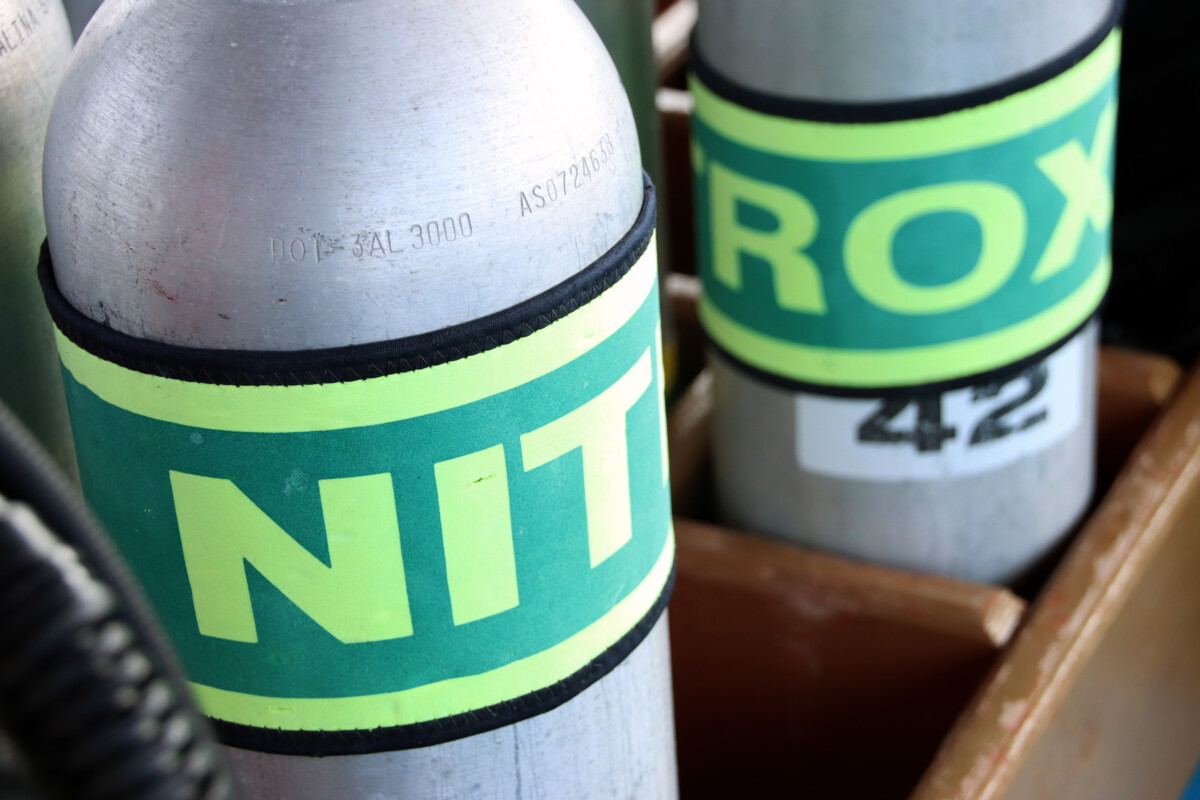
When diving, Nitrox mixes play a significant role in how long the diver can remain underwater and any safety concerns. A recreational dive usually involves oxygen concentrations up to 40%, while technical dives are known for higher levels reaching 50% – 80%. Choosing the right Nitrox mix is essential for optimal bottom time as well as proper air pressure within tolerable exposure limits of oxygen. To create specialized mixtures suitable for each type of diving adventure, partial pressure blending with pure O2 is commonly used. This requires extra attention due to possible fire hazards associated with high Oxygen fractions present during such processes.
Common Nitrox Mixes
Nitrox blends, such as EAN32 and EAN36, which contain 32% and 36% of oxygen respectively, are widely used by recreational divers. It is possible to dive up to a depth of 21 meters with Nitrox 36 for approximately one hour fifteen minutes, whereas the maximum depths allowed while Nitrox diving range between 33 meters (110ft) for Oxygen 32 & 28 meters (90 ft)for Oxygen-36. Divers should keep in mind that the partial pressure exerted by oxygen rises when using these mixtures. It can reach 1.4 at different depths depending on the mixture type being utilized during dives.
Custom Nitrox Mixes
Nitrox blends tailored to specific dives offer divers longer bottom times without compromising their safety. Technical diving experts often calculate the perfect mix using factors such as depth and dive time for that particular session. Partial pressure blending utilizing pure oxygen is most commonly used, albeit with caution since high levels of O2 come along with fire hazards.
It’s possible to increase your dive duration at a similar cost compared to pre-blended mixtures if you’re willing to try out custom Nitrox mixes, which are capable of fitting individual desires while still offering all the advantages involved in Nitrox diving. Many local dive shops can blend up tanks below 40%, making it easy for any diver looking into this option.
Equipment Considerations for Nitrox Diving
Before diving with Nitrox, it is essential to take the compatibility and requirements of one’s scuba equipment into account. This includes tanks filled with oxygen concentrations up to 40%. The cylinders must be labeled indicating the gas mixture so that divers can accurately adjust their dive computers. Also, personal tanks should have regular servicing and cleaning for oxygen use yearly. Upon preparation for a dive, an oxygen analyzer will need to assess the contents to ensure both safety measures are met and suitability of depth limitations for all divers involved.
Planning and Executing Nitrox Dives
Nitrox divers need to take into consideration several factors such as the depth limits, no-decompression limits and safety precautions for them to perform dives safely and with efficiency. Good dive planning is essential so that overworking or fatigue can be avoided – utilizing a compatible Nitrox dive computer helps determine decompression times plus track depths, oxygen levels, nitrogen presence etc… Thus, having proper communication among diving buddies is also necessary before going undersea. It’s important for each diver not to exceed their personal set of rules, as exceeding those parameters might lead towards potentially hazardous cases like oxygen toxicity. To ensure complete success during any Nitrox dives, good buoyancy control skills are fundamental. This way they will have an enjoyable experience whilst beneath the waves!
Dive Planning
When organizing a Nitrox dive, no-decompression limits and depths should be considered. The partial pressure of oxygen in the breathing gas becomes harmful at the Maximum Operating Depth (MOD), which depends on what blend is used during diving. A contingency depth set to 1.6 bar helps protect against possible Oxygen toxicity too. To make sure divers take all safety measures seriously while underwater, it’s suggested that they adhere to air tables or use an appropriate computer setting for their dives rather than relying solely on Nitrox rules when planning each adventure
For additional cautionary steps, people who are partaking in a dive can refer to traditional air pressures as well. This way, everyone will not surpass any personal limitation underwater and avoid Decompression Sickness caused by overly ambitious plans about oxygen levels in the surrounding atmosphere
Using Your Dive Computer
For Nitrox divers, dive computers are of great use to display depth levels, elapsed time and the nitrogen content in real-time. To configure a computer for this type of diving, one needs to enter oxygen percentage plus maximum operating capacity. Besides that, settings must be adjusted due to the greater quantity of oxygen present before starting the underwater adventure. It is necessary to monitor any warning or alert during the entire dive session as well.
When partaking in Nitrox diving with data provided by a computer attached device, particular attention should be paid both towards the level of oxygen involved and also the greatest attainable operational reach below surface at all times for an enjoyable experience without worrying about safety matters either way
Depth Limits and Safety Precautions
Nitrox diving entails an understanding of depth limits and safety. Oxygen toxicity is a real danger if you exceed the maximum depths for your Nitrox blend. 32 permits dives up to 33 meters (110 ft) and 36 allows 28 meters (90ft). To assure security while underwater, adhere to these tips: stick within set limits for the blend in use, keep track with your dive computer throughout the journey beneath sea level, plus communicate plans with other divers around you. That way, everyone can have fun together safely!
Obtaining Your Nitrox Certification
Nitrox certification is required to partake in diving with enriched air mixtures, such as Nitrox. This certification can be obtained through reputable agencies like PADI, SSI, SDI/TDI or NAUI. The courses include training on gas analysis and the set-up of dive computers for planning dives using this type of air mixture. Obtaining a Nitrox cert card may even be mandatory from certain diver shops when purchasing special gases.
Divers must meet several criteria before enrolling into an enriched air course – they need to reach at least 12 years old age and possess an Open Water Diver certificate (or its equivalent). After completing these qualifications successfully, one will obtain enough knowledge & skills essential for secure yet effective diving practices utilizing aforesaid gas-mixes accordingly.
PADI Nitrox Certification
Divers need to be at least 12 years old and hold a PADI Open Water Diver (or equivalent) certification in order to get the Nitrox qualification. This course involves completing an e-learning component, that usually takes a few hours, as well as practical instruction which can take up to two days. After successfully passing all tests of the Enriched Air Course, divers are awarded with their PADI Enriched Air Diver certificate, allowing them to go for diving sessions using enriched air mixes. The curriculum covers topics like how to analyze gases correctly or set up dive computers properly, so they may fully enjoy these dives, along with its many advantages, such as extended underwater time periods compared to standard oxygen levels used by regular open water diving courses.
SSI Nitrox Certification
Divers who are 12 years old or above and possess a valid Open Water Diver certification may complete the SSI Nitrox course. This program will teach divers how to dive securely with enriched air mixtures of up to 40% oxygen while maximizing benefits from Nitrox diving. Upon completing this course, they receive an official certificate allowing them access to extend bottom times and increased protection against decompression sickness when using nitrogen-enriched air for dives in specific settings. After completing the Nitrox Certification Course by Scuba Schools International (SSI), divers gain valuable knowledge. They can then confidently purchase gas blends with different oxygen percentages from shops and operators. Moreover, divers can utilize enhanced safety procedures for recreational activities without concerns about the impact on nitrogen levels in larger bodies of water like oceans and lakes. This ensures accurate data and allows divers to enjoy their activities without any adverse effects.
SDI/TDI Nitrox Certification
Nitrox diving is a technical scuba certification program offered by Scuba Diving International (SDI) and Technical Diving International (TDI). To be able to dive with Nitrox, divers must meet certain criteria – like being at least 18 years old, owning an up-to date medical certificate and proof of basic scuba training.
The course can be completed online, giving participants the freedom to learn all necessary information about gas blending, safety procedures etc., in their own time. On successful completion of the courses they are awarded an SDI/TDI Nitrox Certification card granting them access to increased no decompression limits & decreased risks from deco sickness as well as longer bottom times plus shorter surface intervals for added safety margins when diving .
NAUI Nitrox Certification
The National Association of Underwater Instructors (NAUI) offers a Nitrox Certification program designed to provide divers with in-depth knowledge of the essentials for enriched air diving. Individuals must be 18 years and older and hold a valid NAUI Open Water Diver certification before enrollment, after which they will receive both classroom instruction and hands-on practice before getting their card upon successful completion.
This certification allows those who are certified to stay underwater longer, reduce potential risk of decompression sickness, while offering additional safety measures when taking part in Nitrox dives. Providing more security against risks that could arise from breathing compressed air deep below surface levels.
Real-World Experiences: Nitrox Diving Stories
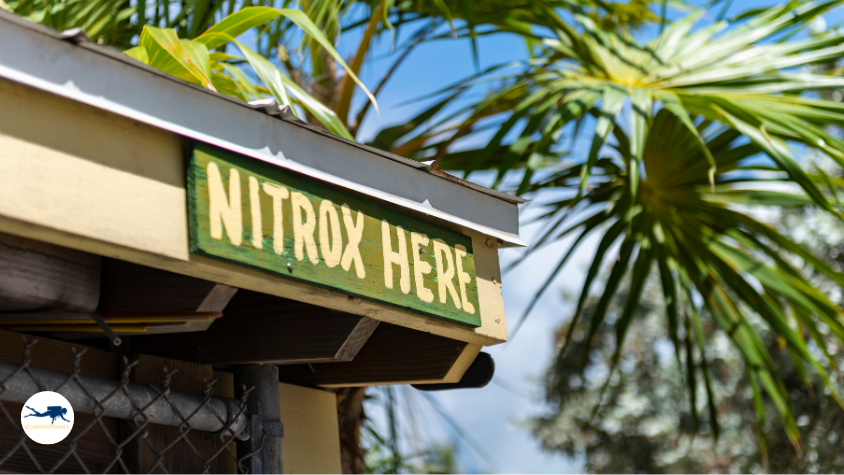
For many scuba divers, enriched air Nitrox diving brings a whole host of advantages. This has been confirmed by reports from those who have already tried it – they often mention reduced post-dive tiredness and extended underwater exploration time. For all the benefits that this type of diving can bring, one must receive adequate training to remain safe while taking part. Certification is key to staying within individual limits as well as obtaining maximum enjoyment from these dives. Consequently, becoming certified in Nitrox use should be seen as an essential step before experiencing its various perks first hand!
Tips for New Nitrox Divers
Those wishing to take part in Nitrox diving should become familiar with the basics, as well as follows all safety guidelines. Before descending into the water, divers must analyze their oxygen level by using an analyzer to check that their gas mixture is safe and adequate for them individually. This way they can plan accordingly and adjust any necessary settings on dive computers.
It’s also important for successful underwater exploration of this type to communicate accurately with companions before going down: be sure your plans are shared, so no misunderstandings happen, voice out questions or worries you may have! Lastly, it’s vital not forget about security first when taking advantage of these thrilling dives, making sensible decisions will ensure a fantastic experience overall while respecting one’s own limitations under the sea. For Information, talk to those at local dive shops who know more concerning Nitrox diving strategies & precautions.
Common Misconceptions about Nitrox Diving
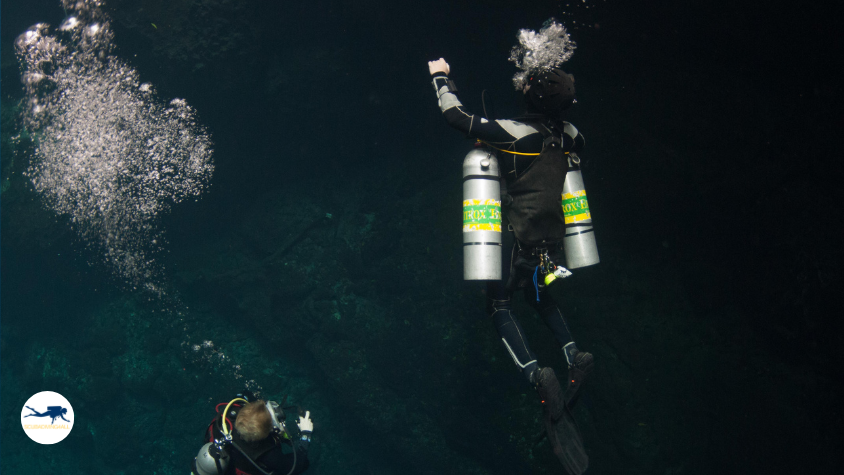
Nitrox diving is a great way for divers to optimize their time underwater, but it’s important not to confuse its use with misconceptions. This type of dive does not extend one’s depth any Than traditional air and doesn’t necessarily bring an extra level of safety either, proper training must be obtained to enjoy the extended bottom times this form brings as well as decreased risks associated with decompression sickness compared to regular dives. To gain maximum benefit from Nitrox, certification will ensure that all parties understand how these deeper trips should be conducted safely, so they can get more out of every single dive experience!
Summary
For divers looking to take their underwater exploration, Nitrox diving provides numerous benefits. With the right certification and proper selection of gas mixture, you can enjoy extended bottom times with a decreased risk for decompression sickness while ensuring enhanced safety measures. As both amateur and experienced divers have discovered, making use of Nitrox enhances your dive experience in untold ways, an exciting journey awaits those brave enough to embark on it!
To sum up: by learning about Nitrox diving basics and earning appropriate qualifications accordingly, one can unlock all the advantages that this type of deep-sea activity offers – greater time spent submerged along with better protection against illness arising from sudden pressure changes underwater – giving any diver security they may need for expeditions beneath the surface.
Frequently Asked Questions
Why use Nitrox when diving?
Diving with Enriched Air, Nitrox enables you to lower the amount of nitrogen your body takes in, leading to shorter surface intervals and allowing for a quicker return back into the water. The air being used has been enriched compared to regular air, which helps reduce how much nitrogen is absorbed during a dive.
Is Nitrox safer than air?
When it comes to diving with Nitrox, the risk of decompression sickness can be reduced but using this kind of air brings another danger, oxygen toxicity. This means that there’s no guarantee that using Nitrox is safer than standard air when underwater. Oxygen toxicity should always be taken into consideration before a dive so as not to encounter any adverse effects due to an increase in oxygen
How deep can you go with Nitrox 32?
It is possible to dive up to a maximum depth of 112 feet (34 m) using 32% Nitrox, which the tables provide as guidance.
How do I obtain Nitrox certification?
Divers wishing to get their Nitrox certification must take a training course from an accredited organization like PADI, SSI, SDI/TDI or NAUI and finish the relevant instructions as well as practical assessments to be certified.
What are some common misconceptions about Nitrox diving?
Contrary to misconception, Nitrox does not necessarily improve a diver’s air consumption or enable them to explore deeper depths. It doesn’t provide any extra safety benefits and isn’t restricted only for advanced divers. In short, using Nitrox is certainly beneficial in many ways, but won’t remedy all diving problems automatically.

